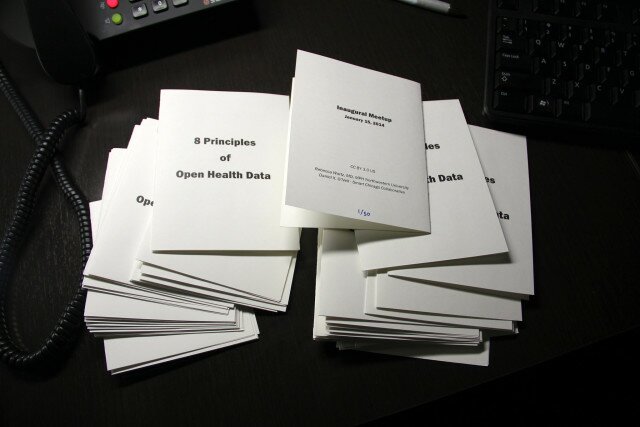 We have a number of health programs here at Smart Chicago, all of which are run by my colleague, Kyla Williams. In working on these projects, I’ve come across a number of intriguing concepts, just like one would in any sub-speciality. Chief of these concepts, for me, is “patient-centered”.
We have a number of health programs here at Smart Chicago, all of which are run by my colleague, Kyla Williams. In working on these projects, I’ve come across a number of intriguing concepts, just like one would in any sub-speciality. Chief of these concepts, for me, is “patient-centered”.
To me, a phrase like this is a tell. Any time an industry, company, or organization starts talking about “user-driven”, “customer-focused”, or “patient-centered” strategies, it is an indication that they’ve not been driven, focused, or centered in that direction in the past.
I’ve spent the majority of my career in the world of developing Web sites. In that sub-specialty, the idea of being focused on users is pretty much all there is. If you don’t have users, if you’re not making something that appeals to them and serves their needs, you’ve got nothing.
I don’t have any particular insight into the healthcare industry, since I’ve never worked in it. I can tell you from personal experience as a consumer of healthcare and as a general observer of pop culture, however, that I’ve never felt that patients were at the center of the experience.
Patient portals seem designed to deliver as little information as possible and optimize for medical professionals. Exporting information to give to other caregivers is cumbersome. Integration with email is weak— you have to log in to the system to get even the most innocuous information, like the details of a visit you just scheduled over the phone.
In 2015, we are embarking on and expanding a number of initiatives designed to get us deeper into the patient-centered trend. Our CUTGroup methodology is a recognized as a leading way to gather and act on the feedback of regular residents. The Smart Health Centers model, where we help place trained health information specialists in clinics to assist patients in connecting to their own medical records and find reliable information about their own conditions, is deeply patient-centered. Our Health Data Liberation Meetup Group is at the conceptual forefront for patient control
We think we have a lot to offer, and we’re excited about the work to come.
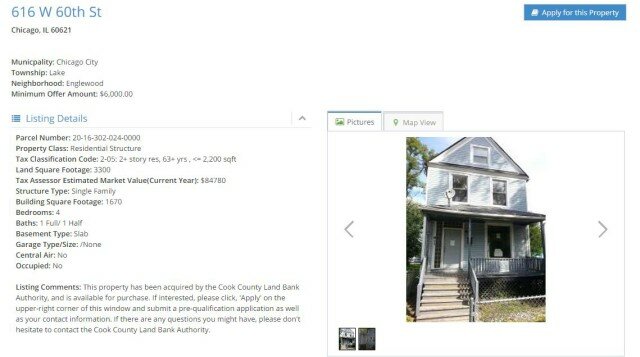
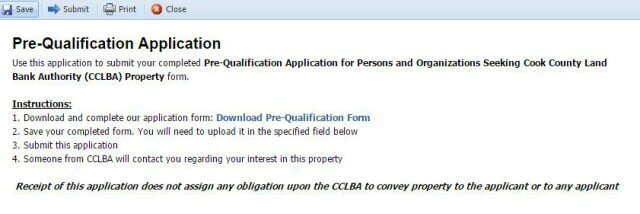
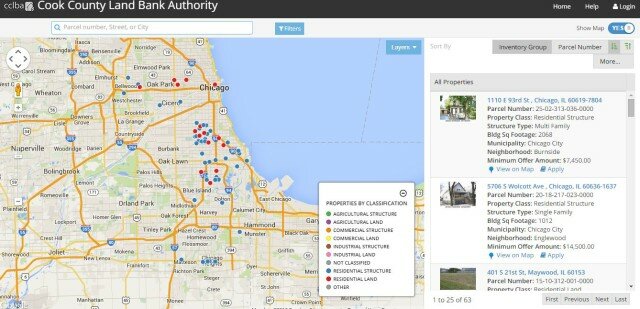
 We have a number of
We have a number of  The Smart Chicago Collaborative is hiring an administrative assistant to help us support our work.
The Smart Chicago Collaborative is hiring an administrative assistant to help us support our work.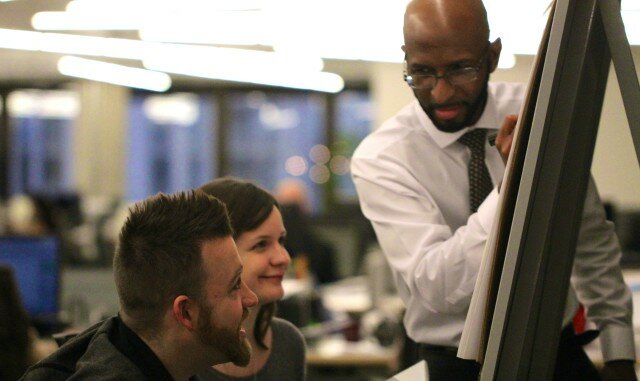
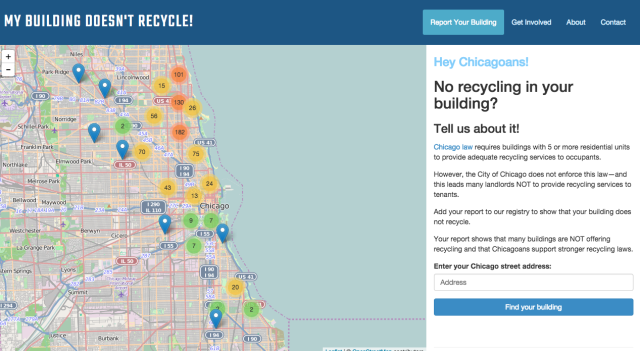 The Environmental Breakout Group at OpenGov Hack Night has been working on a site to report buildings that don’t recycle. Chicago’s ordinances require buildings with five or more rental units to provide recycling. However, the city doesn’t always enforce this law leading some landlords to not provide recycling.
The Environmental Breakout Group at OpenGov Hack Night has been working on a site to report buildings that don’t recycle. Chicago’s ordinances require buildings with five or more rental units to provide recycling. However, the city doesn’t always enforce this law leading some landlords to not provide recycling.